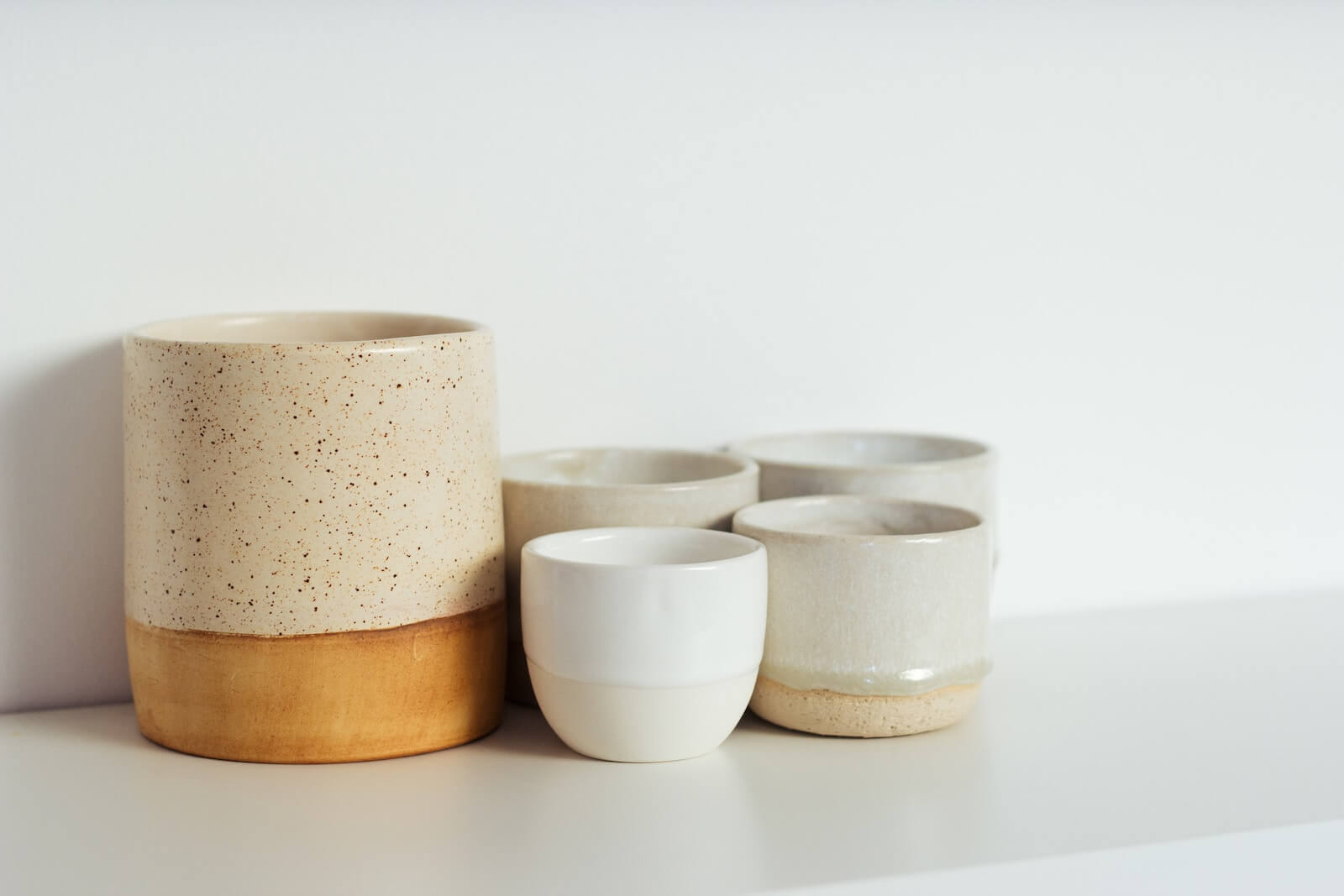If you are a creative person who loves to paint, you might wonder whether you can paint on ceramics. The answer is yes, you can paint on ceramics, and it can be a surprisingly fun experience. In this article, we will explore different paint mediums that can be used to paint on ceramics, pro tips, and interesting facts.

Pro Tips for Painting on Ceramics
Here are some pro tips to keep in mind when painting on ceramics:
- Use a primer specifically designed for ceramics to create a smooth surface for the paint to adhere to.
- Clean and dry the surface thoroughly before painting to ensure the paint sticks properly.
- Apply multiple thin coats of paint rather than one thick coat to achieve the desired effect.
- Let the paint dry completely before applying additional coats or a varnish.
- Apply a ceramic varnish to protect the design from wear and tear.
Painting on Ceramics with Watercolor
Watercolor is a popular medium used for painting on paper, but can it be used on ceramics? Yes, it can! Watercolor paints can be used on ceramics to create beautiful, delicate designs. However, there are some things to keep in mind when painting with watercolor on ceramics.
Firstly, make sure the surface is clean and dry. Any dust, dirt or oils can cause the watercolor paint to smear or not stick properly. Secondly, use a primer specifically designed for ceramics to provide a smooth surface for the watercolor to adhere to. Lastly, after painting, apply a ceramic varnish to protect the design from water and fading.
Painting on Ceramics with Acrylic Paint
Acrylic paint is a versatile medium that can be used on various surfaces, including ceramics. Acrylic paint is easy to use, dries quickly, and creates a permanent design on the ceramic surface.
To paint with acrylics on ceramics, start by cleaning and drying the surface. Then, use a primer designed for ceramics to create a smooth surface. Next, apply acrylic paint with a brush or sponge, layering as needed to achieve the desired color and effect. Lastly, apply a ceramic varnish to protect the design from wear and tear.
Painting on Ceramics with Artist Oil Paint
Artist oil paint can also be used on ceramics to create stunning designs. The texture and viscosity of artist oil paint make it easy to blend colors and create unique designs. However, painting with oil paint on ceramics can be challenging, as oil paint takes longer to dry and can crack or peel if not applied correctly.
To paint with oil paint on ceramics, start by cleaning and drying the surface. Then, apply a primer specifically designed for ceramics. Next, apply oil paint using a brush or palette knife, layering as needed to achieve the desired effect. Lastly, let the paint dry for at least 24 hours and apply a ceramic varnish to protect the design.
Painting on Ceramics with Gouache Paint
Gouache paint is similar to watercolor but has a higher concentration of pigment, making it more opaque. Gouache paint can also be used on ceramics to create a unique, matte finish.
To paint with gouache on ceramics, start by cleaning and drying the surface. Then, apply a primer designed for ceramics. Next, apply gouache paint with a brush, layering as needed to achieve the desired color and effect. Lastly, apply a ceramic varnish to protect the design.
Painting on Ceramics with Spray Paint
Spray paint is a popular choice for painting on ceramics due to its convenience and quick drying time. Spray paint can be used to create a smooth, even coat on ceramics. However, using spray paint on ceramics requires careful preparation and application to avoid drips, uneven coats, and paint runoff.
and drying the surface. Then, use painter’s tape or masking tape to cover any areas that should not be painted. Next, apply spray paint in thin, even coats, holding the can 6-8 inches away from the ceramic surface. It’s best to apply multiple thin coats to achieve the desired effect rather than one thick coat. Lastly, let the paint dry completely, and apply a ceramic varnish to protect the design.
Interesting Facts about Painting on Ceramics
Here are some interesting facts about painting on ceramics:
- Ceramics have been used for thousands of years for both decorative and functional purposes.
- The earliest known ceramics date back to 24,000 BC in what is now the Czech Republic.
- Ancient Greeks decorated their ceramics with intricate designs depicting myths, gods, and daily life.
- The Chinese developed a technique called underglaze, which involves painting under the glaze to create intricate designs.
- Today, ceramic painting is a popular art form, with artists creating beautiful, unique designs on various ceramic surfaces.
Find more surfaces you can paint on here.
FAQs
Can you use regular paint on ceramics?
No, regular paint is not suitable for painting on ceramics. Use a paint medium specifically designed for ceramics, such as acrylic paint, artist oil paint, or gouache paint.
Do you need to fire ceramics after painting?
No, firing is not necessary if you use a paint medium that is designed to stick to ceramics, such as acrylic paint or gouache paint.
Can you wash ceramics after painting?
Yes, you can wash ceramics after painting, but be gentle to avoid scratching or damaging the design. Hand wash with mild soap and water, and avoid abrasive cleaners or scrubbers.
Can you paint on glazed ceramics?
Yes, you can paint on glazed ceramics, but the paint may not stick as well. Use a primer specifically designed for glazed ceramics to create a smooth surface for the paint to adhere to.
How long does it take for ceramic paint to dry?
The drying time for ceramic paint varies depending on the paint medium, thickness of the coat, and humidity. Generally, allow at least 24 hours for the paint to dry completely.
